THE ART OF THE COLLECTIVE - CASE ZEMLJA
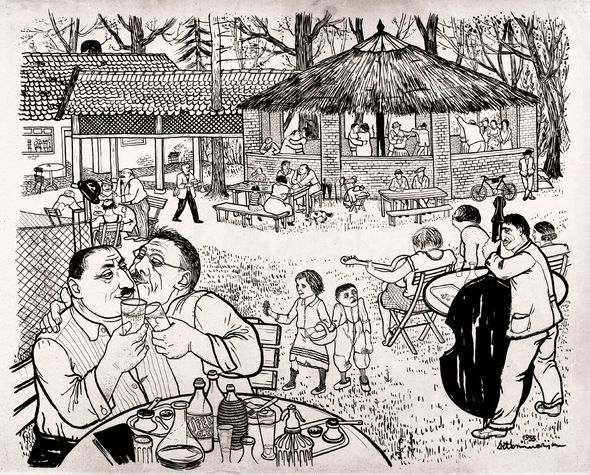
exhibition
December 12, 2016 - February 21, 2017
BAZA, B. Adžija str 11, Zagreb
"If the bourgeois art is regarded right-wing art, the question is how does left-wing art refer towards such art, what is the definition of the art of the fourth class, what are its artistic characteristics, etc."
Krsto Hegedušić, Problem of the Art of the Collective, 1932
The exhibition The Art of the Collective examines the Association of artists Zemlja (eng. Earth), active from 1929 til 1935, as an example of an engaged work of painters, sculptors and architects and their search for an answer to the question of what left-wing art is, art that is created collectively and aimed at a collective. Understanding this specific artistic practice is not possible without placing it into a broader socio-political context of the Kingdom of Yugoslavia and the inter-war period. This is a time marked by the spread of capitalism and general economic crisis, the ban on workers' organizing and progressive political activity under the dictatorship of Karađorđević, a time of forthcoming fascism.
The communist party of Yugoslavia operates underground since 1920, so art often takes over the role of political propaganda. Therefore, the exhibition places emphasis on the activity of communists and their sympathisers through cultural and artistic channels and views Zemlja in that context. The work of Zemlja brings us back to the Zagreb between the two wars, a city that, as one of the industrial and financial centers of the new state, rapidly grew, only to fall even more rapidly in the decade to follow. In the gutter of slum settlements, with a growing number of unemployed, there spread the outlines of antagonisms immanent to the capitalist social order.
How can we read the Zemlja programme of engaged art once again on the background of complex political relations and exacerbated social conditions of the pre-war Zagreb? Copies of prints and drawings, archive documents and newspaper articles are divided into two parts which correspond with these two aspects - political action and the devastating “situation on the field”, in a town whose misery can’t be fully understood without looking at the village as part of the picture. The legacy of this heterogenous group of artists, architects and engineers, with peasants and workers among them, scattered among the many private and public archives and partially lost, does not supply simple answers, therefore, the framework in which we present it is conceived as stimulus for discussion. Although the Trešnjevka slums, with which the Zemlja collective dealt, are present only in traces today, the neighborhood in which we place our own (collective) action today is again a clear picture of the capitalist city. The antagonisms that are inherent to it today suggest that the problem of the art of the collective - as Zemlja called their practice, highlighting the opposition against the individual position of a bourgeois artist representing the class interests of the exploiters - is just as topical today.
The exhibition is accompanied by Tamara Bjažić Klarin’s lecture on housing issue of the interwar Zagreb and Ivana Perica’s lecture on the conflict on the literary left. The lectures will be announced separately.
research and concept of the exhibition: [BLOK] - Ivana Hanaček, Ana Kutleša, Vesna Vuković
associate historian: Nikola Vukobratović
design: Nina Bačun and Roberta Bratović - Oaza
coordination: Sana Perić
technical set-up: Tajana Meter and Lucija Brkan
The exhibition used documents from the archives of the following institutions: Academy of Fine Arts in Zagreb, Institute of Art History, Institute for the History and Theory of Architecture - ETH Zürich, Croatian Naive Art Museum (donation of Josip Depolo), Croatian State Archives, Department of Prints and Drawings of the Croatian Academy of Sciences and Arts, Visual Archives of the Croatian Academy of Sciences and Arts, Museum of Modern and Contemporary Art Rijeka, National and University Library.
special thanks to: Irena Šimić, Petar Prelog, Tamara Bjažić Klarin, Sanja Horvatinčić, Filip Turković Krnjak, Ružica Pepelko, Antonio Blaži, Arijana Novina, Josip Jagić, Stefan Treskanica, Borko Vukosav, Srđan Kovačević, Zlata Perić
donation of the cardboards: Čvorak d.o.o.
photo documentation: Srđan Kovačević
The exhibition is part of the project Cartographies of Resistance, organized by Rosa Luxemburg Stiftung Southeast Europe in partnership with [BLOK].
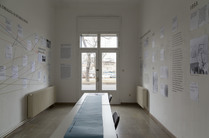
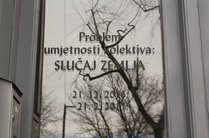
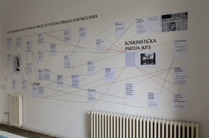
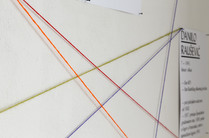
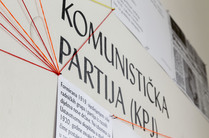

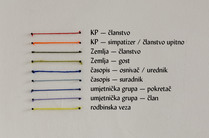
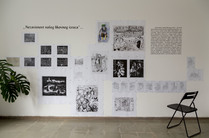

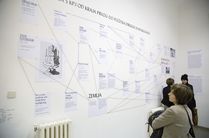
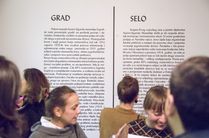
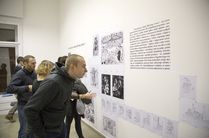
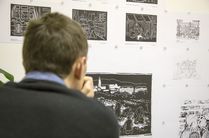
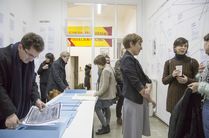
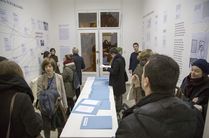
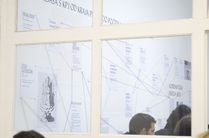
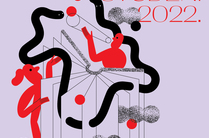 HANDS FULL OF CLOUDS: PARTICIPATORY READING WORKSHOPS IN HIGH SCHOOL DORMITORIES
HANDS FULL OF CLOUDS: PARTICIPATORY READING WORKSHOPS IN HIGH SCHOOL DORMITORIES
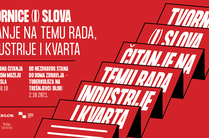 FROM AN UNHEALTHY APARTMENT TO THE COMMUNITY HEALTH CENTER – TUBERCULOSIS IN TREŠNJEVKA
FROM AN UNHEALTHY APARTMENT TO THE COMMUNITY HEALTH CENTER – TUBERCULOSIS IN TREŠNJEVKA
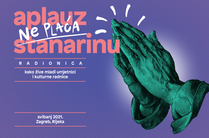 APPLAUSE DOESN'T PAY RENT: HOW YOUNG ARTISTS AND CULTURAL WORKERS LIVE
APPLAUSE DOESN'T PAY RENT: HOW YOUNG ARTISTS AND CULTURAL WORKERS LIVE
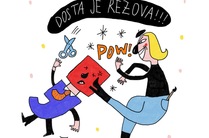 Culture on minimum wage - no go!
Culture on minimum wage - no go!
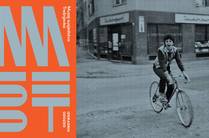 TREŠNJEVKA NEIGHBOURHOOD MUSEUM – BUILDING FROM BOTTOM UP
TREŠNJEVKA NEIGHBOURHOOD MUSEUM – BUILDING FROM BOTTOM UP
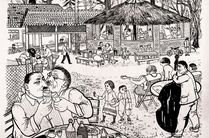 THE ART OF THE COLLECTIVE - CASE ZEMLJA
THE ART OF THE COLLECTIVE - CASE ZEMLJA
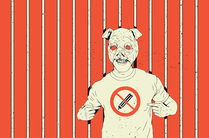 DRAWING POLITICS, THE POLITICS OF DRAWING
DRAWING POLITICS, THE POLITICS OF DRAWING
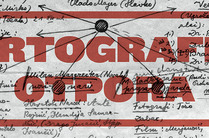 CARTOGRAPHY OF RESISTANCE
CARTOGRAPHY OF RESISTANCE
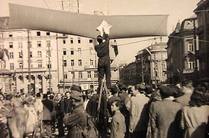 HEROES WE LOVE
HEROES WE LOVE
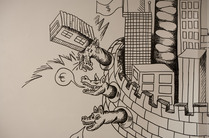 BETWEEN WORLDS
BETWEEN WORLDS
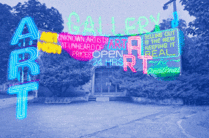 FOR STUDENT CENTRE AS A COMMON GOOD
FOR STUDENT CENTRE AS A COMMON GOOD
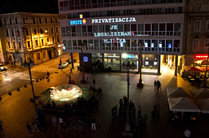 SHIP=CITY
SHIP=CITY
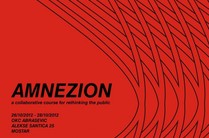 AMNEZION
AMNEZION
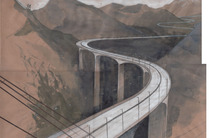 THE DAMNED DAM
THE DAMNED DAM
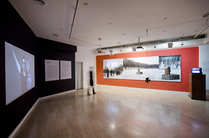 MONEY ETC.
MONEY ETC.
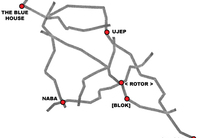 THE ART OF URBAN INTERVENTION
THE ART OF URBAN INTERVENTION
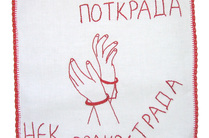 OPERATION: CITY 2008
OPERATION: CITY 2008
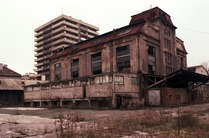 OPERATION: CITY 2005
OPERATION: CITY 2005
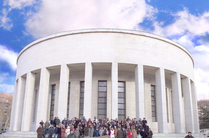 MILK
MILK